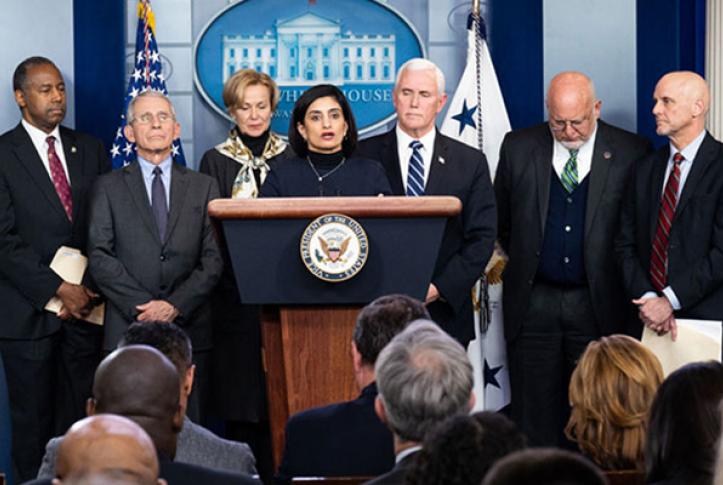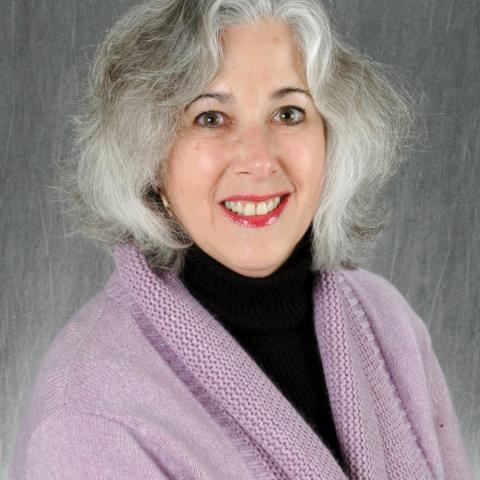In their recent editorial on the burgeoning public health crisis brought on by the fast-spreading coronavirus, David Blumenthal, M.D., and Sara Collins point out Medicaid’s long-standing role as the nation’s single largest health care first responder. Medicaid can do this for several reasons:
- Medicaid fills an essential role as a safety-net insurer because of its special flexible design made possible by its open-ended federal funding base. This sets it apart from all other sources of health insurance and allows the program to fund major, unexpected health care costs other insurance plans are structured to avoid.
- Unlike traditional insurance, which depends on specific enrollment periods to avoid adverse selection, people can enroll in Medicaid whenever health care is needed. In addition, Medicaid provides for offsite enrollment at hospitals and clinics, and temporary eligibility (also known as presumptive eligibility) can be granted.
- Eligibility can begin three months prior to the date of application, which means that providers will not be penalized financially for furnishing emergency care to Medicaid-eligible patients who have not yet enrolled.
State Medicaid programs can rapidly scale up benefits and adjust normal cost-sharing rules when conditions demand it. This flexibility allows programs to quickly add coverage for new vaccines or begin paying for treatment in nontraditional settings, such as the temporary emergency housing that Washington State is now pursuing for coronavirus patients. In addition to flexible program design, the U.S. Health and Human Services (HHS) Secretary grants Medicaid special experimental power under Section 1115 of the Social Security Act. Through this authority, the Secretary can waive or modify certain provisions of federal Medicaid law to fund states’ efforts to cover additional people, provide services not normally recognized under federal law, and simplify the enrollment and renewal process. As Blumenthal and Collins point out, Section 1115 has been used by Republican and Democratic administrations alike, to enable states to quickly ramp up Medicaid to insure more people and cover more services. This has happened repeatedly: in the aftermath of 9/11 in New York City, after Hurricane Katrina in 2005, and following the catastrophic Iowa flooding of 2008. While the federal government normally applies strict spending limits on state Medicaid 1115 demonstrations under “budget neutrality” principles, HHS has waived these limits in times of public health emergency, thereby allowing federal funds to flow to hard-hit areas without forcing states to reduce other essential services.
What steps could the Centers for Medicare and Medicaid Services (CMS) take with respect to Medicaid and the coronavirus emergency? On March 5, the agency issued a brief factsheet on Medicaid coverage. Not only is it distressingly incomplete, it appears to have been drafted with an eye toward discouraging beneficiaries from seeking care by, for example, pointing out that although care cannot be denied to very sick people unable to pay cost-sharing, “enrollees may be held liable for unpaid copayments.”
Instead, the agency could take a far more positive approach to helping states craft a strong Medicaid response to coronavirus. For example, the agency could publish a State Medicaid Directors letter communicating and clarifying Medicaid’s role in public health emergencies under current law. Streamlined eligibility determinations and renewals, offsite enrollment, and presumptive and retroactive eligibility can all help ensure people can more easily qualify for coverage and are not deterred from seeking needed health care. In addition, states can rapidly amend their plans to, for instance, waive cost-sharing for services connected to the diagnosis and treatment of coronavirus, including through the recovery period. Furthermore, states can cover and pay for care and treatment furnished in offsite settings that can supplement the capabilities of desperately overstretched hospitals. Should a vaccine become available, coverage would be required for all eligible children under Medicaid’s early and periodic screening, diagnosis, and treatment benefit. Coverage also would be available for all Medicaid-enrolled adults, whether traditionally eligible or enrolled as part of the Affordable Care Act (ACA) expansion population. For Medicaid patients in long-term care nursing facilities and other institutional settings or for those receiving home and community-based care — an especially vulnerable population — states could consider temporary payment increases to provide enhanced care, including additional nursing assistance to deal with intensive patient needs. These state expenditures would all qualify for federal financing at the applicable rate.
With respect to the Secretary’s 1115 demonstration powers, states that have not expanded Medicaid under the ACA could be encouraged to add temporary eligibility to fund expanded coronavirus screening and treatment for their poorest residents. Using the precedent of the Breast and Cervical Cancer Diagnosis and Treatment Act of 2000, the HHS Secretary could encourage states to extend eligibility on a temporary basis to any uninsured state resident in connection with a specific diagnosis. This would allow states to rapidly respond to the enormous health care needs triggered by the crisis. As part of a special emergency demonstration, CMS could detail all these options in an 1115 solicitation and offer fast-track approvals at each state’s applicable federal payment rate, waiving normal budget neutrality principles.
To date, CMS appears to be focused on offering states the most limited guidance possible. With the nation’s health on the line, it’s time for the agency to fully embrace the tools that Medicaid provides and assist states in using them.

